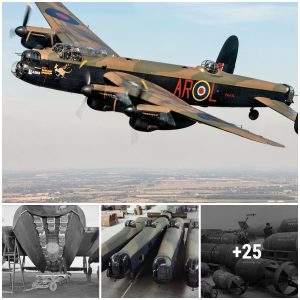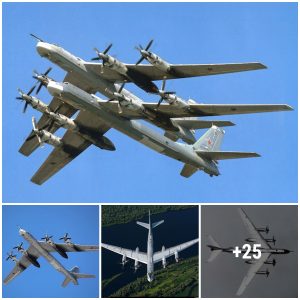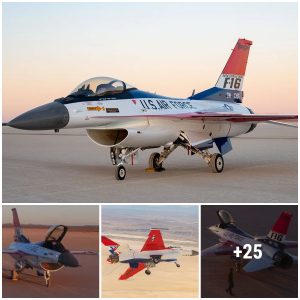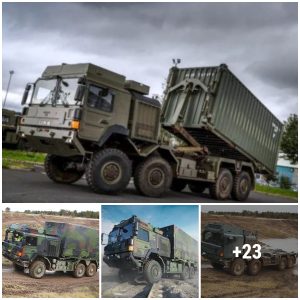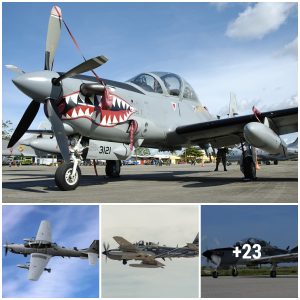
Australia has joined the race to field a practical high-energy laser weapon as it awards AU$$12.9 million (US$8.74 million) to QinetiQ Australia to develop a prototype with a twist – the goal is to build a laser that can take out main battle tanks.
High-energy lasers are one of the top emerging technologies that military planners see as potential game changers on par with the invention of gunpowder. The idea of a weapon that can engage multiple targets at the speed of light at a cost of a dollar a shot is an enticing one and is already seen as a way to counter drones, missiles, hypersonic weapons and other threats.
The Australian Ministry of Defence is taking this to another level with its QinetiQ contract to develop a prototype laser weapon in partnership with the Defence Science and Technology Group (DSTG) in South Australia. Similar weapons are already being developed in the United States, Britain, Russia, and China, mostly to counter flying threats, but Australia is a bit more ambitious.
The purpose of the new laser weapon is to make land forces more resilient by exploiting the fact that a laser is largely self-contained and its ammunition is electricity, which greatly reduces the need for ammo stocks and supply lines. But what sets the Australian laser program apart is that the Ministry states explicitly in a 2020 Force Structure Plan that it should be able to take on armored vehicles up to and including main battle tanks.
Taking on an armored behemoth weighing in at over 70 tonnes soaking wet is very likely aspirational at this stage. The world’s most powerful laser weapon is Lockheed Martin’s system that generates a beam of 300 kW. That’s enough to take out a wide range of threats. However, drones, missiles, mortar shells, and aircraft aren’t armored, which makes them vulnerable to the deadly penetrating power of a high-energy laser.
A main battle tank, on the other hand, is sheathed in a thick shell of remarkably sophisticated armor plating. NATO tanks, for example, use variants of Chobham armor. The exact nature of this is highly classified, but it’s essentially a combination of steel alloy, composites, and ceramics with the latest rumored to incorporate layers of depleted uranium.

The result is an armor that is extremely resistant to blast, heat, and kinetic and penetrating rounds. It’s also very thick and massive. The upshot is that while a laser could theoretically burn its way through such protection, under battlefield conditions this would be, at best, a slow and difficult process.
The basic problem is that an anti-tank laser would have to deliver tremendous amounts of energy on a single spot to an armor that can absorb and dissipate a lot of heat, so the laser would have to be able to work very quickly. This means developing a solid-state laser that is far more powerful than anything to date.
And it doesn’t end there. A more powerful laser means an upgrade across the entire weapon system, including the power supply, the doped fiber optic coils that generate the laser, the focusing lenses, the targeting system, beam compensators, and others.
Small wonder that Australia isn’t just funding a laser, but a whole manufacturing facility.
“DSTG is partnering with industry to build advanced and competitive Australian sovereign capabilities for our Defence Force in critical technology areas,” said Chief Defence Scientist, Professor Tanya Monro AC. “The high energy laser manufacturing capability is an example of how we can work with industry to support emerging and disruptive technologies.”
Video:
